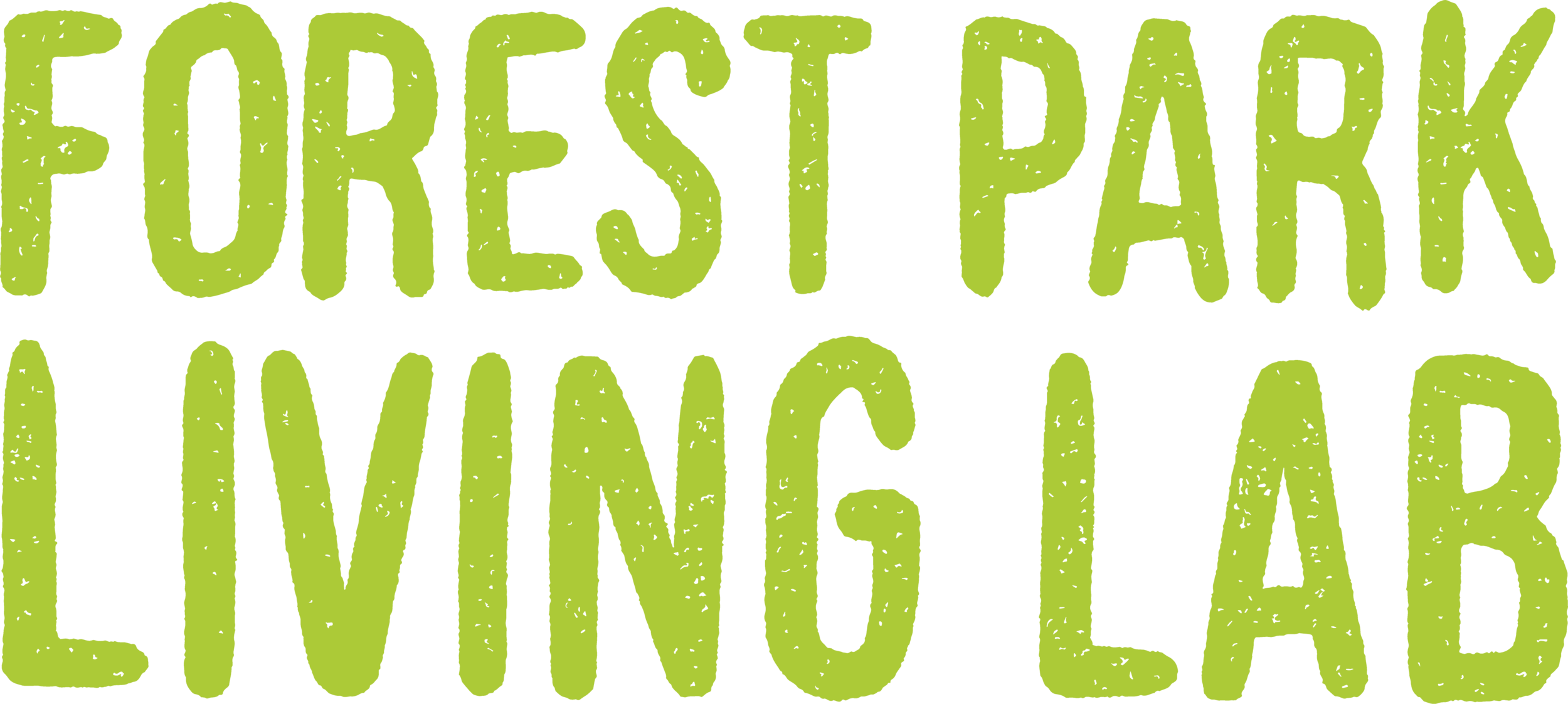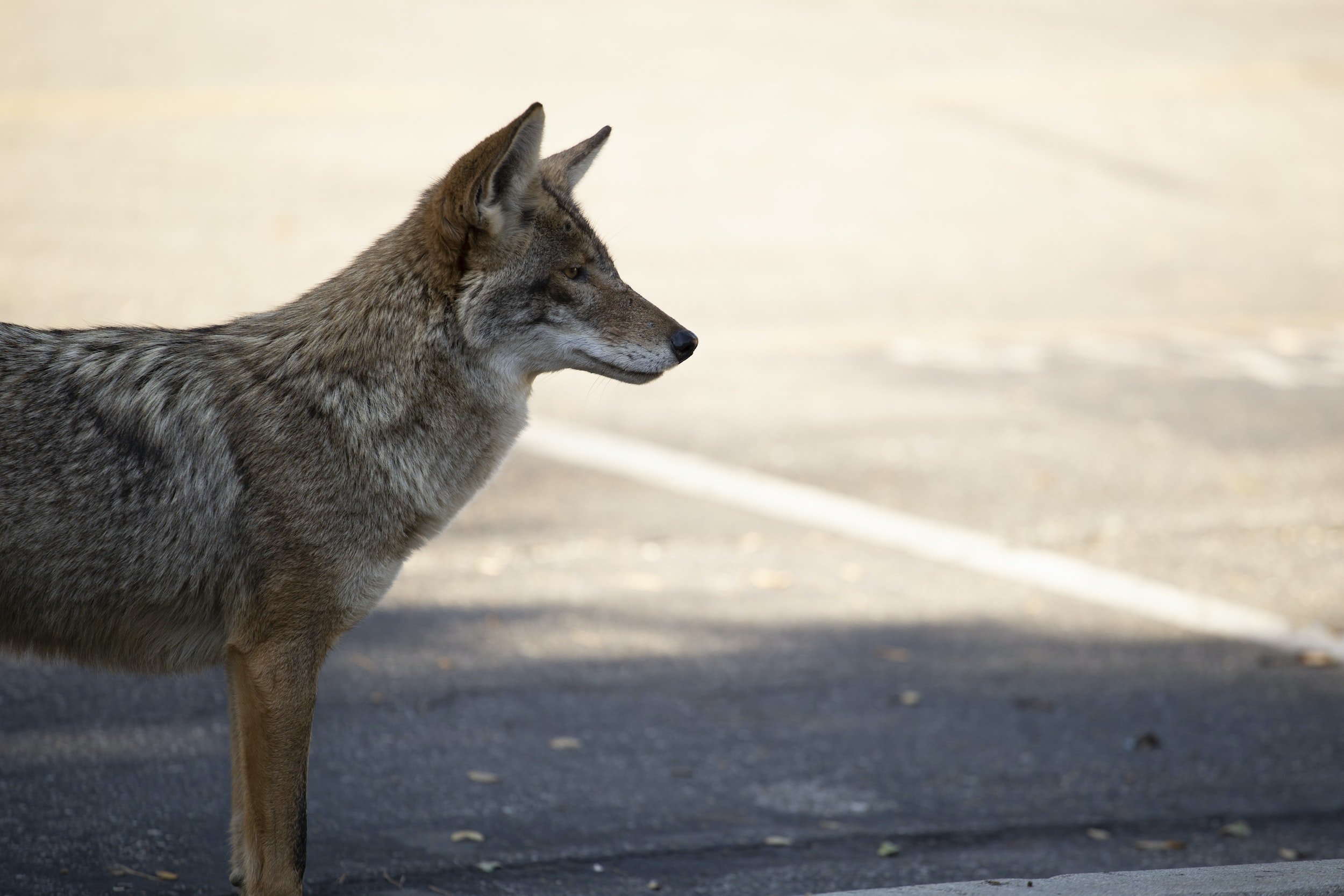About the project
An ambitious Study in one of
America’s greatest urban parks
Forest Park is home to over 600 species of plants, at least 200 pollinator species (bees, butterflies and moths), and more than 200 additional insects. It is visited by a variety of mammals, including mink, fox, deer, and coyote, and serves as a stopover for thousands of migrating birds. Forest Park is a thriving urban ecosystem!




















